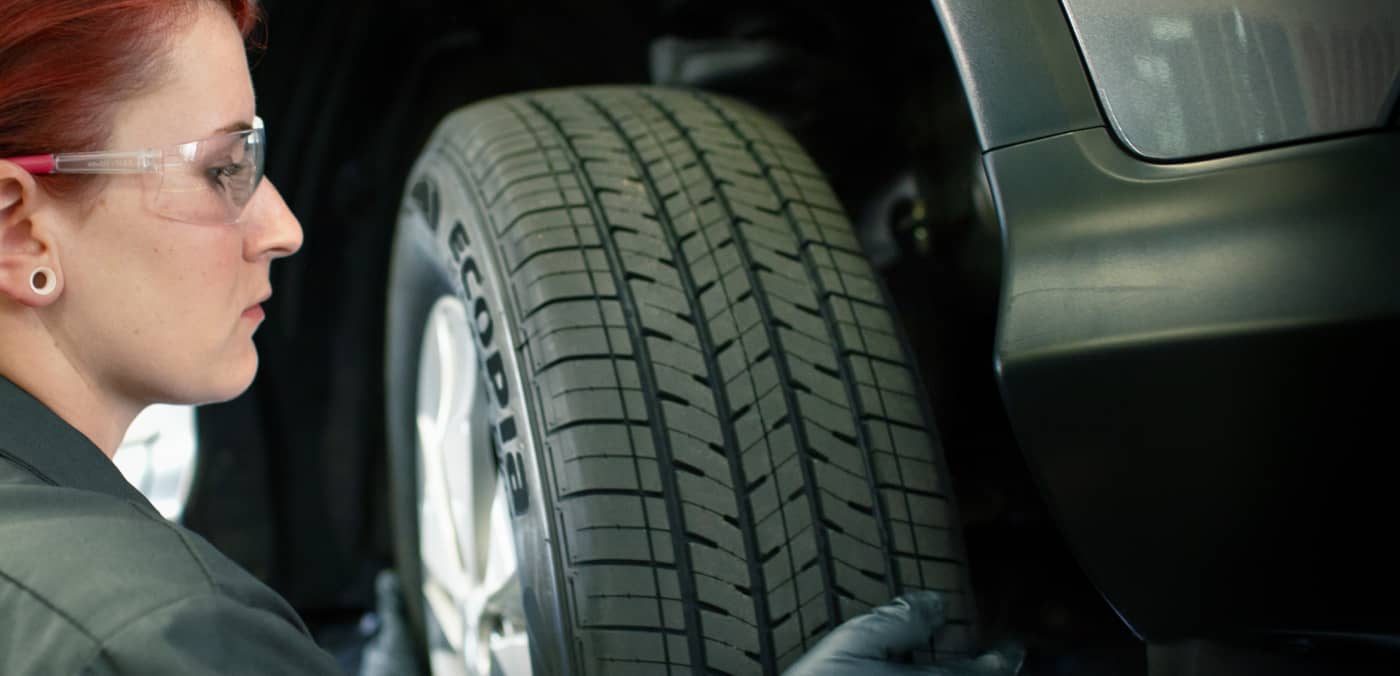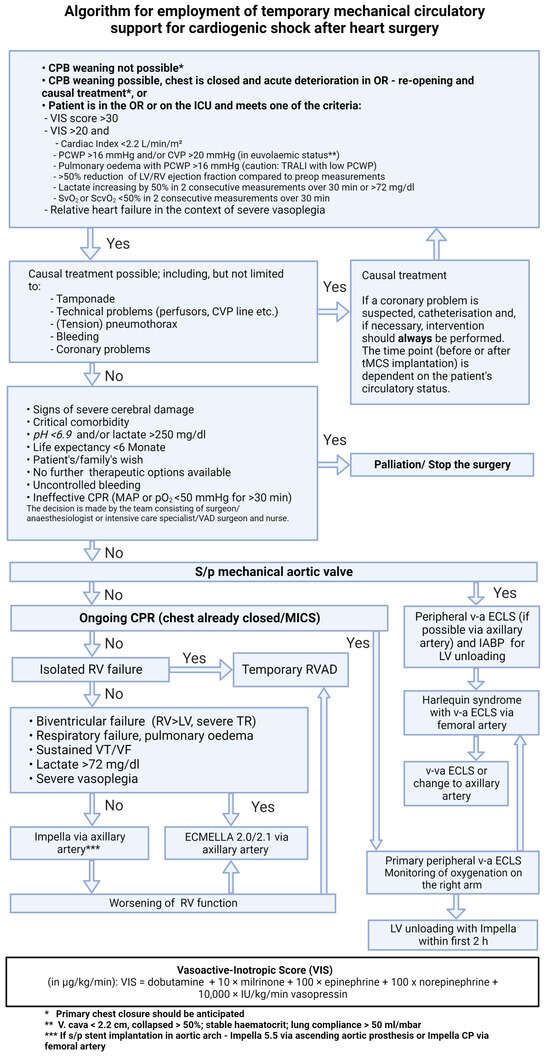RV shocks typically last around 50,000 miles before needing replacement, varying based on usage and road conditions. When it comes to the lifespan of RV shocks, understanding their durability is crucial for maintaining a smooth and safe ride.
As a critical component of the suspension system, shocks play a key role in absorbing impact and ensuring stability on the road. Regular inspection and maintenance are essential to extend the lifespan of RV shocks and prevent potential issues that may arise from wear and tear.
By knowing how long RV shocks last and taking proactive measures to care for them, RV owners can enjoy a comfortable and secure driving experience for many miles ahead.
Signs Of Worn-out Rv Shocks
Unusual Tire Wear
Uneven tire tread patterns indicate worn-out shocks, impacting tire longevity.
Excessive Bouncing
Bouncing more than usual after bumps signals shock absorber deterioration.
Difficulty In Handling
Struggling to control the RV, especially when turning, may point to shock issues.
Leaking Fluid
Visible fluid leaks near shocks suggest a need for immediate replacement.
“` These signs can help you identify when it’s time to replace your RV shocks to ensure safe and smooth travels.
Credit: www.amazon.com
Factors Affecting Rv Shock Lifespan
The quality of shocks installed in your RV significantly impacts their lifespan and performance over time.
The type of terrain you frequently traverse affects the wear and tear on your RV shocks.
The more often you use your RV, the quicker the shocks may wear out due to increased strain.
Proper weight distribution within your RV can help prolong the lifespan of the shocks by reducing excessive stress.
Maintenance Tips For Extending Rv Shock Lifespan
Proper maintenance is crucial for ensuring the longevity of your RV shocks. Regular inspections, keeping shocks clean, proper inflation of tires, avoiding overloading, and replacing shocks in pairs are essential practices to extend the lifespan of your RV shocks.
Regular Inspections
Regular inspections are vital to catch any issues with your RV shocks early on. Inspect your shocks visually, looking for signs of damage, leakage, or excessive rust. Check for any abnormal noises or vibrations while driving, as these can indicate shock problems. By conducting regular inspections, you can identify and address any potential issues before they worsen.
Keeping Shocks Clean
Maintaining clean shocks is essential for their optimal performance and longevity. Dust, dirt, and grime can accumulate on the shocks, causing friction and wearing them out faster. Regularly cleaning your shocks with soap and water not only helps to remove dirt but also allows you to inspect them closely for any signs of damage. Remember to dry them thoroughly to prevent rusting.
Proper Inflation Of Tires
Properly inflated tires play a significant role in protecting your RV shocks. When tires are under or overinflated, it puts additional stress on the shocks, leading to premature wear and tear. Use a reliable tire pressure gauge to regularly check the tire pressure and ensure it matches the manufacturer’s recommendations. By maintaining proper tire inflation, you can avoid unnecessary strain on your RV shocks.
Avoiding Overloading
Overloading your RV puts excessive strain on the shocks and other components. Ensure that you stay within the weight limits specified by the manufacturer and avoid carrying unnecessary items. Distribute the load evenly throughout your RV to prevent uneven weight distribution that can cause excessive wear on the shocks. By avoiding overloading, you can help prolong the lifespan of your shocks.
Replacing In Pairs
When it comes time to replace your RV shocks, it’s essential to replace them in pairs, even if only one seems to be damaged. By doing so, you maintain balanced suspension on both sides of your RV, ensuring optimal performance. Mismatched shocks can lead to uneven handling, excessive strain on the new shock, and potentially even damage to other suspension components. Ensure that both shocks on the same axle are replaced simultaneously for the best results.

Credit: www.bridgestonetire.com
When To Replace Rv Shocks
Mileage Recommendations
It is generally recommended to inspect and potentially replace your RV shocks every 50,000 to 60,000 miles to ensure optimal performance and safety during your travels.
Manufacturer Guidelines
Always refer to your RV’s manufacturer guidelines for specific recommendations regarding the lifespan and replacement intervals for your RV shocks. Following their recommendations can help maintain your vehicle’s performance and durability.
Mechanic’s Advice
Consulting with a qualified mechanic is crucial when considering replacing RV shocks. They can assess the condition of the shocks and provide tailored advice based on the wear and tear specific to your RV, helping you make informed decisions about replacement.
Diy Vs. Professional Replacement
When it comes to replacing RV shocks, you have the option to either tackle the job yourself or seek the expertise of a professional. Both DIY and professional replacement have their own set of advantages and benefits to consider, along with specific considerations for each option.
Advantages Of Diy Replacement
DIY replacement of RV shocks comes with several advantages, including:
- Economical option
- Opportunity to learn and gain hands-on experience
- Fulfilling sense of accomplishment
Benefits Of Professional Replacement
Professional replacement of RV shocks offers the following benefits:
- Expertise and experience
- Quality assurance
- Time-saving
Considerations For Each Option
When it comes to DIY replacement, it’s important to consider your own mechanical aptitude, access to necessary tools, and the availability of time. Alternatively, professional replacement requires careful consideration of cost, reputation of the service provider, and the warranty offered.

Credit: www.mdpi.com
Cost Of Rv Shock Replacement
RV shocks typically last around 50,000 miles before needing replacement. The cost of RV shock replacement averages between $200 to $800 per shock, depending on the brand and complexity of the installation. Regular maintenance and inspections can help prolong the lifespan of RV shocks.
Getting your RV shocks replaced is an essential part of maintaining a smooth and comfortable ride. However, it’s crucial to understand the cost implications involved. Several factors can affect the cost of RV shock replacement, including the type of shocks, the complexity of the installation process, and the brand of the shocks. This section will discuss these factors, provide an average price range, and offer some cost-saving tips to help you prepare for this necessary maintenance.Factors Affecting The Cost
When it comes to the cost of RV shock replacement, several factors come into play. These factors can influence the overall cost, so it’s essential to consider them before planning your budget. Here are some key factors: 1. Type of Shocks: The type of shocks you choose for your RV can vary in price. Gas shocks, which offer excellent performance and durability, tend to be more expensive than hydraulic or spring shocks. 2. Installation Complexity: The complexity of the installation process can affect the labor costs. If your RV requires additional adjustments or modifications to accommodate the new shocks, it may add to the overall cost. 3. Brand and Quality: The brand and quality of the shocks you select can also impact the cost. Well-known brands with a reputation for high performance and longevity may come with a higher price tag.Average Price Range
The cost of RV shock replacement can vary based on the factors mentioned above. On average, you can expect to spend between $100 and $300 per shock absorber. However, keep in mind that this cost is an estimate, and prices may differ depending on your location, the specific shocks you choose, and the labor rates in your area.Frequently Asked Questions For How Long Do Rv Shocks Last
How Can I Tell If My Rv Shocks Need To Be Replaced?
You can check for signs of wear like excessive bouncing, uneven tire wear, or leaking fluid. Also, if your RV feels unstable or sways while driving, it might be time to replace the shocks.
What Is The Typical Lifespan Of Rv Shocks?
The lifespan of RV shocks can vary depending on usage and road conditions, but they generally last between 50,000 to 100,000 miles. Regular inspection and maintenance can help extend their lifespan.
What Are The Consequences Of Driving With Worn-out Shocks?
Driving with worn-out shocks can lead to decreased stability, longer braking distance, discomfort for passengers, and accelerated wear on other suspension components. It can also affect the overall handling and safety of your RV. Regular maintenance is crucial.
Conclusion
To extend the lifespan of your RV shocks and ensure a smooth and safe ride, routine maintenance is crucial. By following the manufacturer’s guidelines, observing any signs of wear or damage, and replacing the shocks when necessary, you can enjoy optimal performance and stability on the road.
Remember, with regular care and attention, your RV shocks can last for many miles ahead.